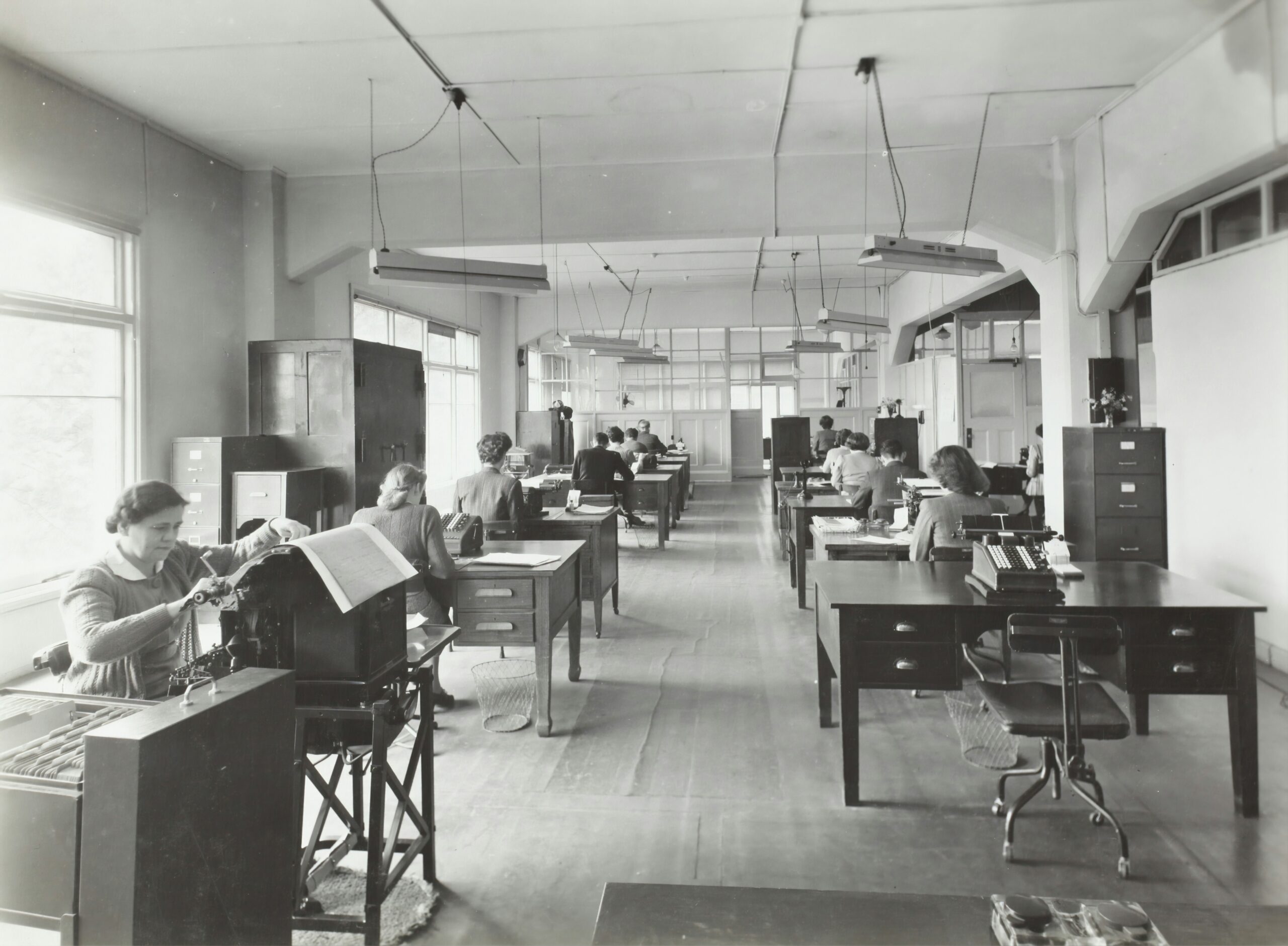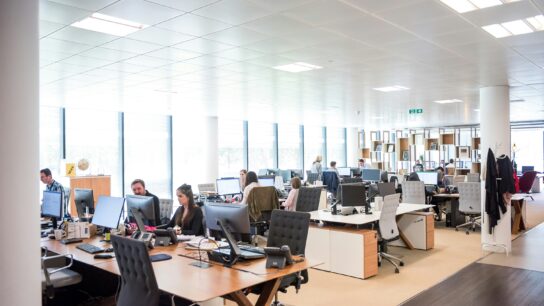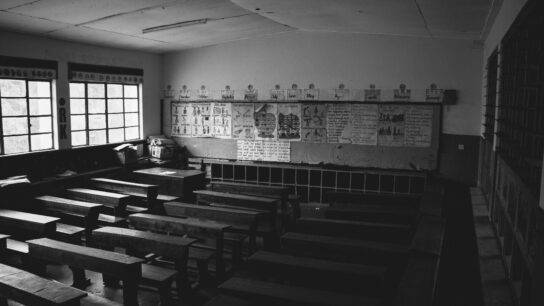Looking Back to the Future
“He that hath a trade hath an estate”.
– Ben Franklin, The Way to Wealth (1758)
The genuine meaning of this statement is no less true now than it was when first penned by Benjamin Franklin within the pages of Poor Richards Almanac during the mid eighteenth century. In his diatribe of advice about life in the colonies in the years leading up to the Revolutionary War, Franklin paid particular homage to the world of work and to the working men of that time. A printer by trade and a scientist/inventor by providence, he knew that knowledge of a skill (having a trade) was the key to financial independence for anyone willing to work hard. Moreover, he knew that skilled workers were good for industry and that profitable industry was good for the fledgling colonies. What a novel idea, why didn’t I think of that, right? Well, economists, politicians, and workforce development experts have been skating around this concept for too many years. However, we, meaning every stakeholder, cannot seem to get all the pieces in place at the perfect time. Just think of an orchestra having all the instruments and all the musicians together but all playing a different song. Maybe a few are playing from the same sheet music but not all. Obviously, the resulting song would not be something even the best music industry mogul could sell. Can the explanation be that simple? Can a thoughtfully designed workforce development plan that brings all the stakeholders to the table be the answer to America’s future socio-economic success?
Based on Franklin’s eight words, the idea of Americans working hard at their chosen trade will truly bring good times; can in fact inspire a nation again. The following posts will attempt to drive out any barriers that have for so long kept America from building the world’s strongest workforce again.
There have been many workforce development programs over the years since Franklin’s exhortation about having a trade. Along with those programs trillions of tax dollars have been spent on educating our children however, only a small percentage of which has been spent on teaching our children the skills that they will need to make a living. That is to say, real transferrable skills that can be taken anywhere in the country and still be relevant, credentialed skills that have been certified by a nationally recognized body of educators and industry leaders. These type skills and only these type skills will be the key to resurrecting that industrial giant called America. Young adults need to be trained in the hundreds of occupations that already exist as well as today’s new and emerging occupations. And yes, we must consider occupations and skills not yet developed as stated by President Obama in his January 20, 2015 State of the Union Address before a less than amenable Joint Session of Congress. By putting in place an educational/training mechanism that can adapt to future technologies, we can secure America’s socio/economic future.
The question then remains “what will this mechanism look like?” After all the time and money spent on developing training programs, what idea could possibly be left? Will the nation need years of round table discussions, blue ribbon committees, and congressional hearings to come up with something new? Will the United States Departments of Education and Labor need be totally revamped and/or dismantled as some would suggest? These questions would appear on the surface to be logical inquiries. However, this blog plans to dispel the necessity of developing another new program, and most importantly, spending one more hard earned tax dollar to do it.
While it may not always be the case; looking back can sometimes open our eyes to the future. As it is so often said “Those who ignore the mistakes of the past are often doomed to repeat them”. In this case knowing some of the history will help in keeping the doom at bay. As in Edmund Burke’s version of the often paraphrased quote “Those who don’t know history are doomed to repeat it”, the history of any issue or subject must be the basis of all its study if we are to improve upon it.
Therefore, “Looking back to the future” will instill enough history of registered apprenticeship to establish a firm foundation on which to build America’s future workforce development system and perhaps change its somewhat stagnant system of education. However, it must be known from the outset that no one system or practice from the past will be the end all. Rather, it is going to take best practices that have been tried and proven throughout time combined with new and emerging technologies to put the United States’ workforce back on top.
When beginning the looking back process, the perspective must be from the future ending point. Developing a plan with the end in mind, knowing what the end will look like when planning the path to it, is the only real way to make the work successful. Remember though, what the end may look like now may change a few times along the way. The speed at which social, economical and technological advances can change in the world will dictate the specifics. However, the plan will always remain to develop an educational system that will be flexible enough to make those slight adjustments yet remain steadfast to the goal of preparing our country’s future workforce. The focus must be clearly trained on the prize, a sustainable and growing industrial complex.






